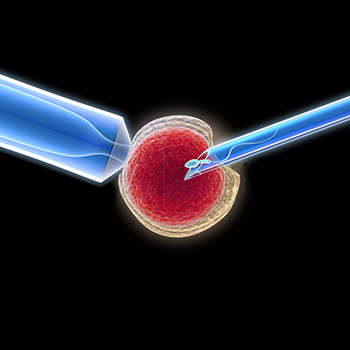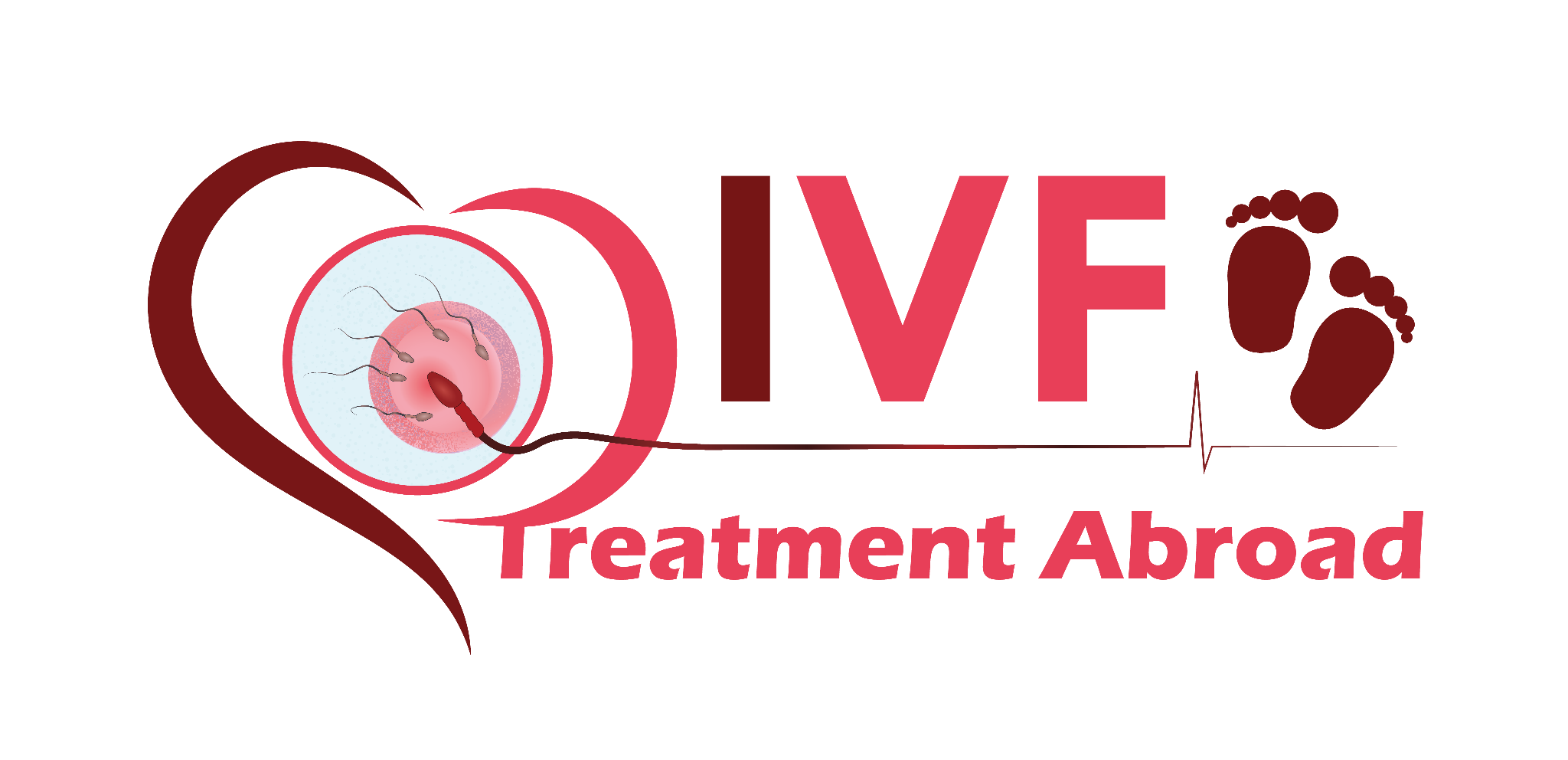IN VITRO FERTILISATION (IVF) AND INTRACYTOPLASMIC SPERM INJECTION (ICSI)

This treatment is used in cases where either the male partner’s sperm sample is not at its best or the female partner’s tubes are blocked. It is the most effective and most used treatment for infertility. Medication is administered to the woman to create several follicles. Oocytes (eggs) are collected from these follicles and fertilized with sperm in the laboratory setting. Three or five days later, the resulting embryos are replaced in the uterus and any remaining ones can be frozen for future use.
ICSI is used when the sperm sample is not considered to be of enough quality to be used in conventional IVF. This could be due to a reduced count, percentage of motile sperm or a reduced percentage of normally shaped sperm. A single sperm is selected and injected into a mature egg which then hopefully fertilises and becomes an embryo. These embryos are replaced in the uterus in the same way as in IVF. Several clinics will offer this as a standard service to maximise the number of eggs that may fertilise.
There have been many changes to IVF treatment in the 30 years I have been working in this field. Thankfully, gone are the 24-hour urine collections women did in the ’90s as we now have detailed ultrasound scans and fast turnaround blood results to check follicle progression and hormone levels.
